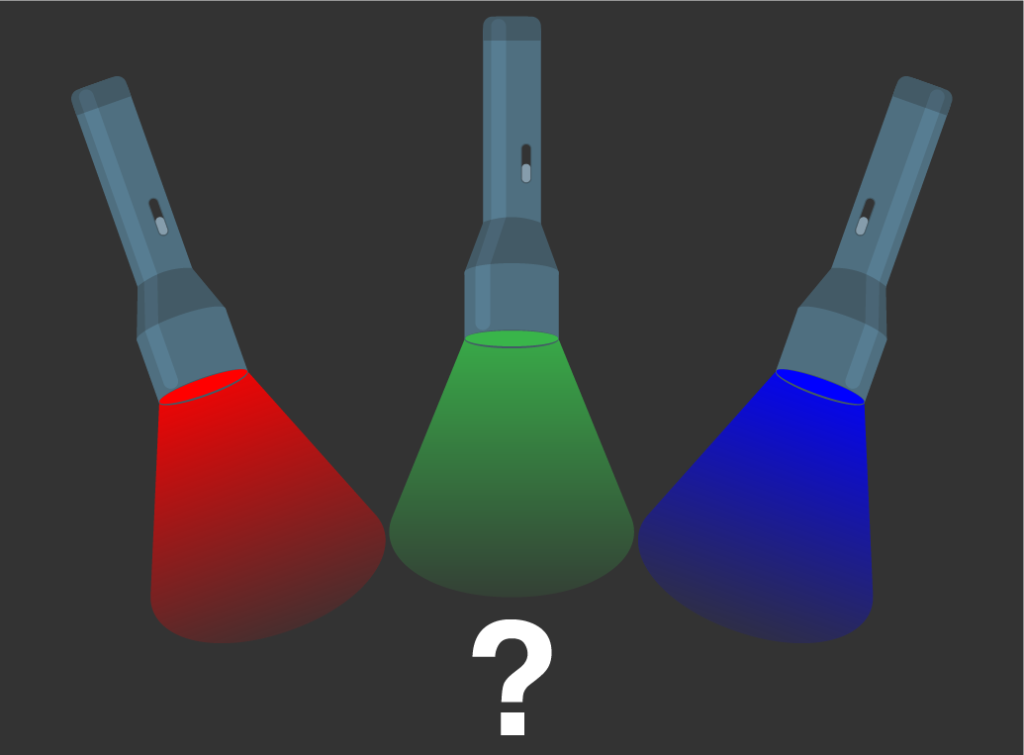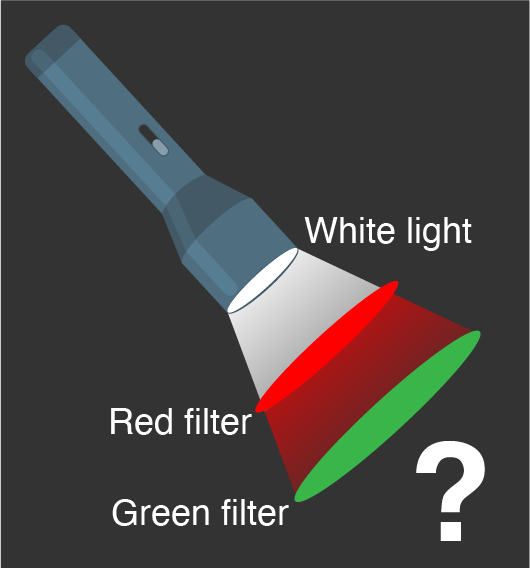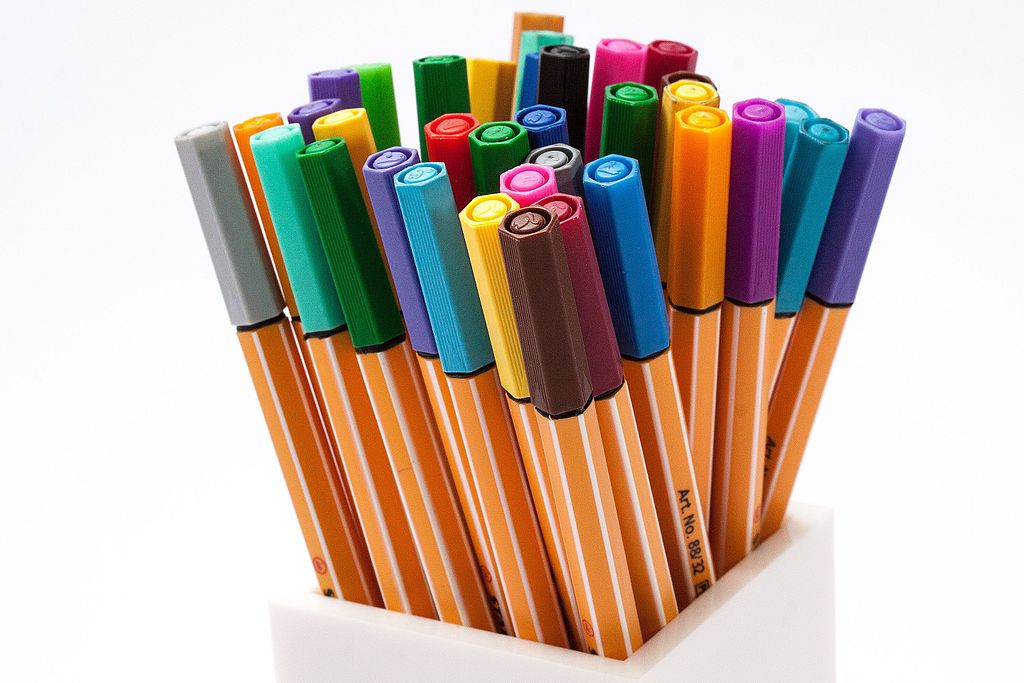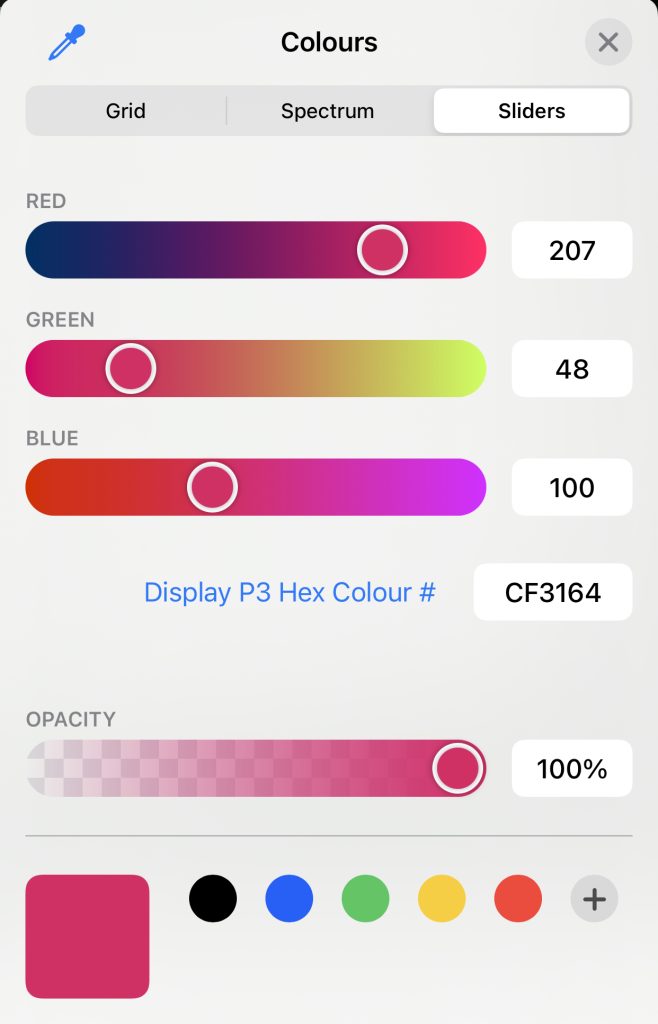Practical activities: mixing additive and subtractive colours
These practical activities can help you to understand how additive and subtractive colour works, and when we use each one to mix colours.
Additive colour activity
You can do some experiments at home with torches and red, green and blue coloured cellophane or transparent coloured plastic or glass to test how additive colour works (you can also do this experiment with red, green and blue LED lights).
If you have red, green and blue cellophane, you can cover three torches – each with different coloured cellophane.
In a darkened room, shine the coloured light from the three torches on a white piece of paper or a white wall so the coloured light overlaps.
What do you see? How many colour combinations can you make?

What happens if you layer two colours of cellophane together – red and green on the one torch, for example?
Does any light shine through the two layers onto the paper? How can you explain this with what you know about additive and subtractive colour? (Hint: the light waves are filtered through one layer of cellophane first, then the other.)

Subtractive colour activity
Mix paints, inks or felt-tipped pens of different colours to see how many different colours you can make on white paper. It’s easy to make darker colours with these materials, but how hard is it to make a lighter colour without using white paint or adding water to thin the colour out?
Most cheap sets of felt-tipped pens have cyan, magenta and yellow colours, as well as red, green, blue, black, brown and possibly even grey. What colours can’t be mixed from other colours? There’s more information on mixing subtractive colours in 3.4 Colour systems: pigments and dyes in this resource.

Additive to Subtractive colour activity
If you have a digital editing or drawing software app on a computer, tablet or mobile phone, try and find the colour wheel, colour picker or colour sliders to select different colours to draw or paint with.
See if your app has information about RGB colour, CMYK colour, or other colour systems like Hexadecimal (covered in the next part of this resource – 3.2 Colour systems: digital). If you can print an image from your digital device, compare the colours on the screen to your printed image – how similar are they?
Often the RGB-Red to CMYK-Magenta/Yellow-mix colour conversion is the hardest to get right when printing digital images, although greens and blues can be tricky too, depending on the quality of your printer and printing inks.


